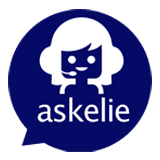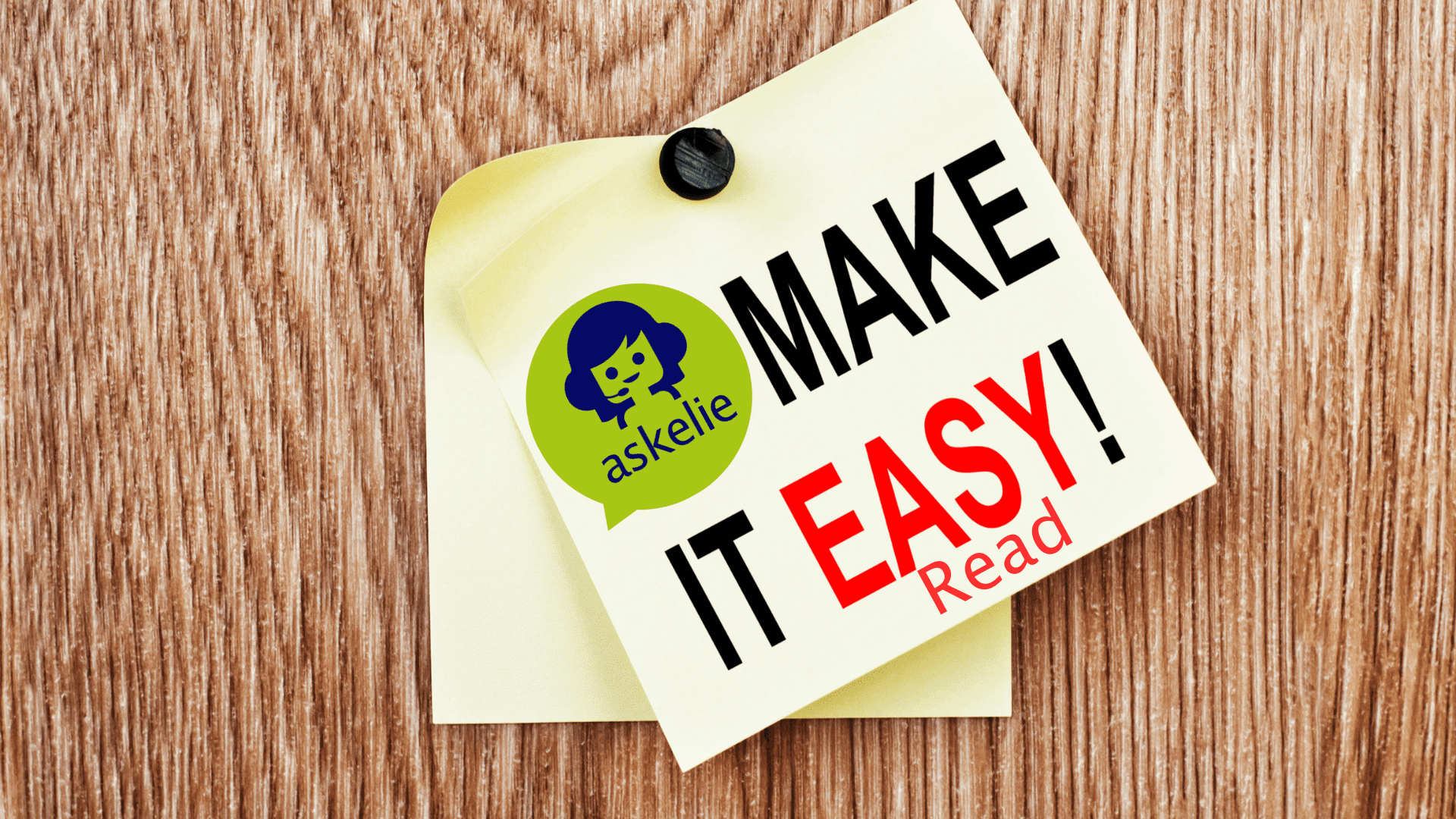Easy Read AI is redefining accessibility in the digital age. Accessibility is no longer a design choice; it is a necessity. As information becomes increasingly digital, millions of people still struggle to read and understand the content that shapes their everyday lives. Government forms, healthcare instructions, financial documents, and educational resources are often written in complex language that excludes people with learning disabilities, cognitive differences, or limited literacy.
Easy Read exists to change that. It is a way of presenting information in clear, simple language supported by visuals, symbols, and consistent layouts that help everyone understand what they are reading. Easy Read is essential for people with dyslexia, autism, and intellectual disabilities, but it also benefits anyone who prefers clarity over jargon.
Until recently, creating Easy Read content was a manual process that required specialist knowledge and significant time. That is where askVERA, powered by askelie®, brings a breakthrough. By combining artificial intelligence with accessibility expertise, askVERA automates the conversion of complex documents into Easy Read formats quickly, accurately, and securely.
The Accessibility Gap in Digital Information
Across the UK and globally, digital inclusion remains a challenge. Reports from accessibility organisations show that more than 10 million adults in the UK alone have literacy levels below the expected standard. Add in people with neurodiverse conditions or those reading in a second language, and the accessibility gap grows even wider.
Public bodies, local councils, healthcare providers, and private organisations have a legal and moral duty to make their information accessible. Under the Equality Act and Public Sector Bodies Accessibility Regulations, content must be understandable to everyone who needs it. Failure to meet these requirements can lead to exclusion, complaints, and even fines.
Yet despite these obligations, most organisations still rely on traditional writing and design processes that make accessibility difficult to achieve consistently. The challenge is not intent but capacity. Producing Easy Read manually takes hours of editing, rewording, and testing. For organisations managing hundreds of documents, it can feel impossible to keep up.
Introducing Easy Read AI
Easy Read AI changes this dynamic completely. Instead of rewriting content from scratch, askVERA uses artificial intelligence to interpret complex text, identify areas of difficulty, and translate the meaning into clear, concise, and accessible language.
askVERA does not simply simplify sentences. It understands context, tone, and the purpose of the communication. Using advanced natural language processing and adaptive content models, the platform preserves meaning while improving readability. Images, icons, and layout structures are applied automatically to support comprehension for users who rely on visual cues.
The result is high-quality Easy Read output that aligns with recognised accessibility frameworks such as WCAG 2.2, Plain English Standards, and Easy Read Guidance used by UK public sector bodies.
Why AI Accessibility Matters Now
Digital accessibility is moving from compliance to culture. Organisations are realising that inclusive communication is good business, not just good ethics. Accessible information improves trust, engagement, and decision-making for every audience.
AI accessibility tools like askVERA make this transformation practical at scale. Rather than training every department to write for accessibility, teams can use askVERA to generate Easy Read versions automatically, saving time and ensuring consistency.
This automation also ensures equity. Whether someone is reading a policy, an HR handbook, or a government form, the Easy Read version carries the same meaning as the original. Everyone receives the same information in a way that works for them.
How askVERA Works
askVERA combines three intelligent layers to deliver true Easy Read automation.
1. Text Understanding:
The AI model analyses sentence structure, jargon, and context to determine where simplification is needed. It identifies keywords, complex phrases, and abstract ideas that may cause confusion.
2. Language Transformation:
The text is rewritten in clear, active, and direct language. askVERA retains accuracy but removes ambiguity, producing content that is simple without being oversimplified.
3. Visual Enhancement:
Images, symbols, and layout elements are added to reinforce meaning. askVERA follows Easy Read design conventions, such as left-aligned text, large fonts, and consistent icon placement, ensuring content is accessible to screen readers and visual learners alike.
Each version can be reviewed and adjusted by content creators before publication, ensuring that both human expertise and machine efficiency combine to produce optimal results.
Accessibility Beyond Compliance
While legal compliance is a driver, accessibility delivers far more than risk reduction. It transforms how organisations communicate with their stakeholders.
Accessible documents improve comprehension among all audiences, including employees, customers, and service users. They reduce miscommunication, increase engagement, and demonstrate organisational values.
For public bodies, Easy Read versions support equality of access to essential information such as benefits, healthcare rights, or housing applications. For private companies, they build customer loyalty and brand reputation by showing a genuine commitment to inclusion.
askVERA enables these outcomes without increasing workload. What once took days can now be done in minutes, allowing teams to publish inclusive content faster and more frequently.
Easy Read AI in Action
Imagine a local authority that needs to publish a new housing policy. Traditionally, the document would go through several departments before an Easy Read version could be released weeks later. With askVERA, the same document can be uploaded, analysed, and converted within minutes.
The platform produces a plain-language summary, replaces technical terms with clear alternatives, and inserts supportive images or icons. Staff can review the draft, make final edits, and publish both standard and Easy Read versions simultaneously.
This process not only saves time but also ensures equality of access from day one. Citizens with learning disabilities, non-native English speakers, and visually impaired readers all receive the same information as everyone else.
Building a Culture of Inclusion
askVERA is more than an automation tool; it is part of a cultural shift toward inclusion by design. Organisations that integrate Easy Read AI into their workflows send a clear message that accessibility is a shared responsibility, not a specialist task.
The platform also supports collaboration between accessibility teams, communications officers, and policy authors. By embedding accessibility into content creation, it turns inclusion into a continuous process rather than a final check.
This proactive approach reduces the cost of retrofitting accessibility later and ensures ongoing compliance with changing standards. More importantly, it fosters respect and trust among audiences who have often been excluded from digital participation.
The Future of Easy Read AI
As language models evolve, Easy Read AI will continue to advance. Future versions of askVERA are expected to include multilingual Easy Read translation, voice-enabled summaries, and automatic accessibility scoring to help organisations measure inclusion more precisely.
The goal is clear: a digital ecosystem where every document is automatically accessible from the moment it is created. With tools like askVERA, that vision is quickly becoming reality.
Making Accessibility a Standard, Not an Option
The future of communication belongs to organisations that make clarity and accessibility part of their core strategy. Easy Read AI enables this by bridging the gap between technology and human understanding.
With askVERA, every policy, instruction, or announcement can reach everyone it was meant for. That is the real promise of accessibility — not just compliance, but connection.


